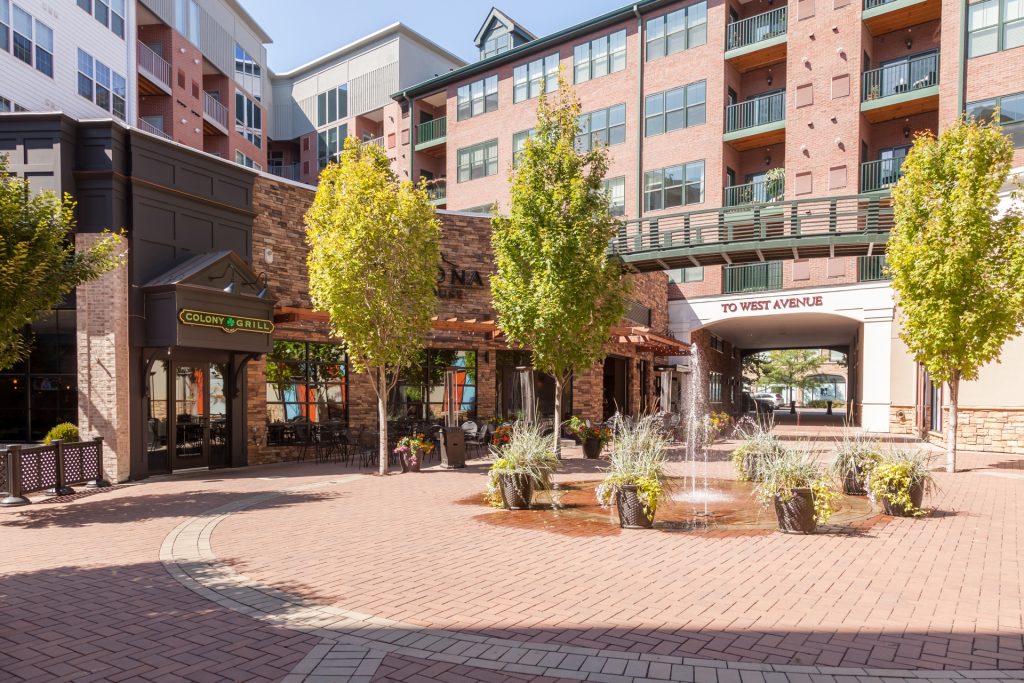July 3, 2018
 On May 22, 2018, more than 30 Norwalk residents gathered at a workshop focused on city design. The topic delved into areas such as community and neighborhood character, design standards for commercial and mixed-use corridors, and historic preservation. This was one of four workshops to gauge residents’ input and ideas for specific aspects of Norwalk that are being considered for the Citywide Plan (POCD).
On May 22, 2018, more than 30 Norwalk residents gathered at a workshop focused on city design. The topic delved into areas such as community and neighborhood character, design standards for commercial and mixed-use corridors, and historic preservation. This was one of four workshops to gauge residents’ input and ideas for specific aspects of Norwalk that are being considered for the Citywide Plan (POCD).
Below is a summary of the workshop on City Design. If you were unable to attend this workshop, you can view the full City Design presentation here. Don’t forget to take a short survey to let us know your opinion. The survey will be open until July 20, 2018.
City Design and the Four D’s
The event began with a brief overview of the characteristics of high-quality city design. These include getting the “four D’s” right:
- Short distances between different uses
- A diversity of uses in one place
- Enough density to make a place feel active and lively
- Design quality
Participants were asked what other places or cities they thought are good examples for Norwalk. Responses included Ridgefield, CT; Keene, NH; Burlington, VT; Northampton, MA; Portland and Camden, ME; Allentown, PA; Charleston, SC; and Royal Oak, MI.
City Design In Norwalk
Norwalk currently has urban design standards and review only in the redevelopment areas and, to a limited degree, four small areas designated as “Village Districts.” A potential focus for the citywide plan is to promote design standards and enhanced city design along the Route 1 and Main Avenue corridors. These corridors reflect older, suburban-style design characteristics and will have redevelopment potential over the next decade as changing retail trends and living preferences continue to influence customers, future residents, and property owners.
Other areas that could benefit from urban design standards are Norwalk’s small neighborhood-scale centers of activity, such as Cranbury Market, New Canaan Avenue, or East Norwalk. Downtown and SoNo are also undergoing significant change and are primarily under the purview of the Redevelopment Authority. In addition, while Norwalk has recognized historic sites and districts, the City lacks some of the most effective historic preservation tools, such as local historic districts.
City Design Goals
During the workshop, four goals for ensuring quality city design were introduced:
- Support local centers of activity in neighborhoods
- Promote high-quality redevelopment along major corridors
- Strengthen village district design standards in zoning
- Preserve historic and cultural character
In general, participants strongly or somewhat agreed with each goal when surveyed. One resident suggested a new goal for green design standards. Each goal has one or more strategies to help implement it, and these also ranked generally favorably with those who attended the workshop.
City Design Preferences
The final segment of the event was a short, visual preference exercise. Participants were asked to indicate how much they liked or disliked photos of ten different places as a potential model for major corridors. These images evoked diverse responses based on road widths, building heights, design features, and other elements.
Most Appealing Places

Least Appealing Places

City Design was one of four citywide workshops in May to discuss and comment on specific topics. The other three were Green, Sustainable, and Resilient Norwalk, Prosperous Norwalk (Economic Development), and Connected and Complete Norwalk. Full presentations from each workshop can be found on the Norwalk Tomorrow website.
Information from the workshops and the surveys will help guide the development of the draft plan over the summer 2018. Further opportunities for public comment in the fall will include a public open house, public review of the draft plan before adoption, and a public hearing at the Planning Commission when it considers adoption.




